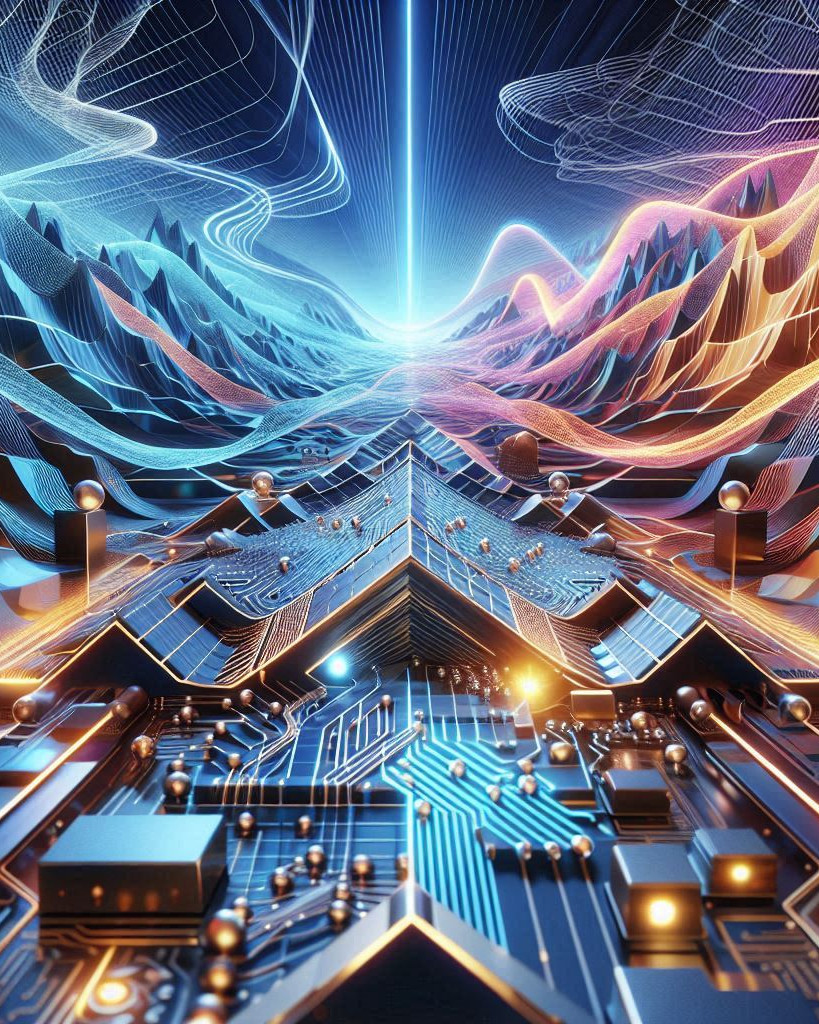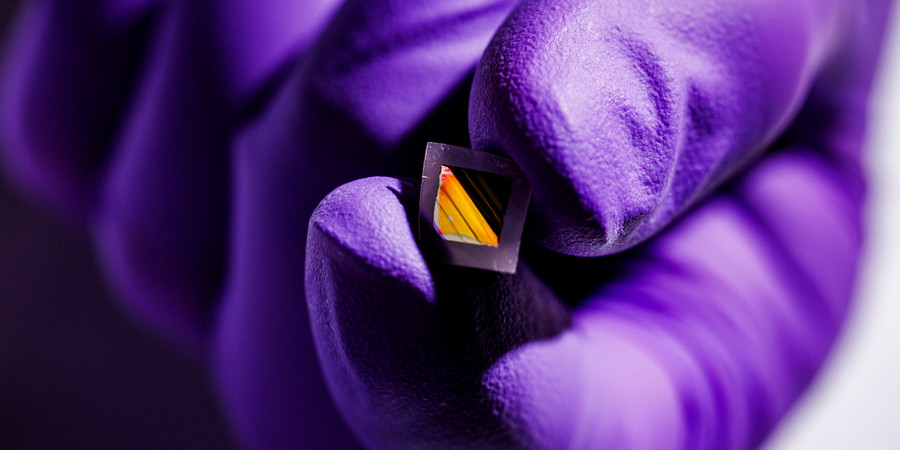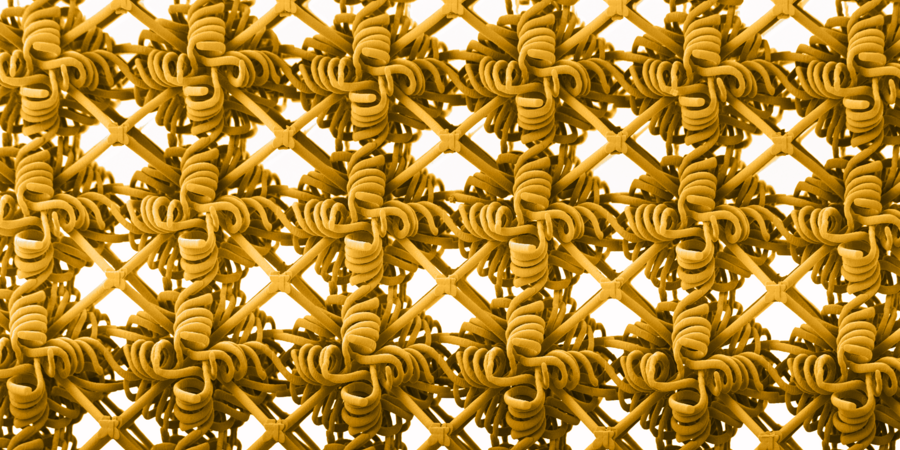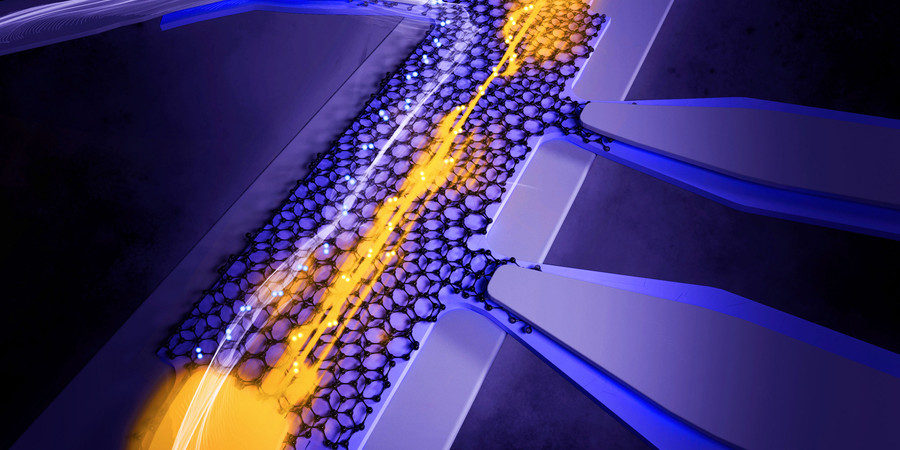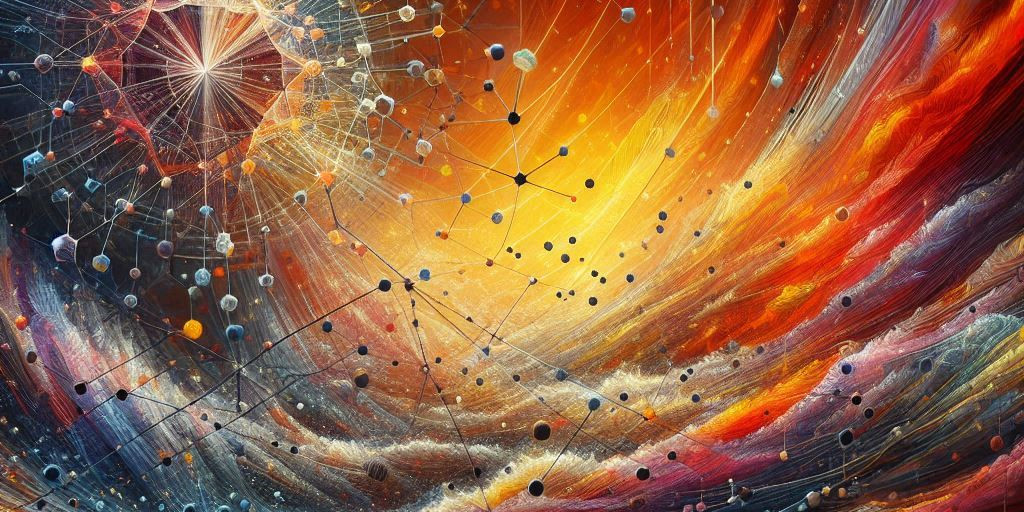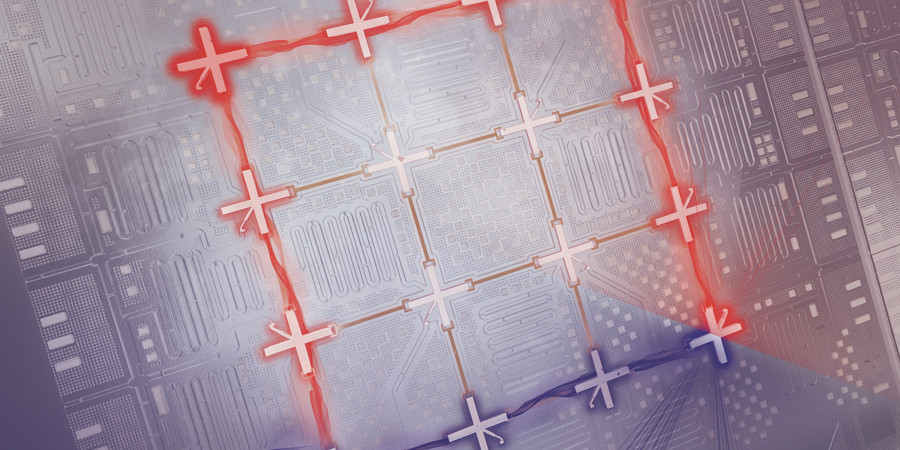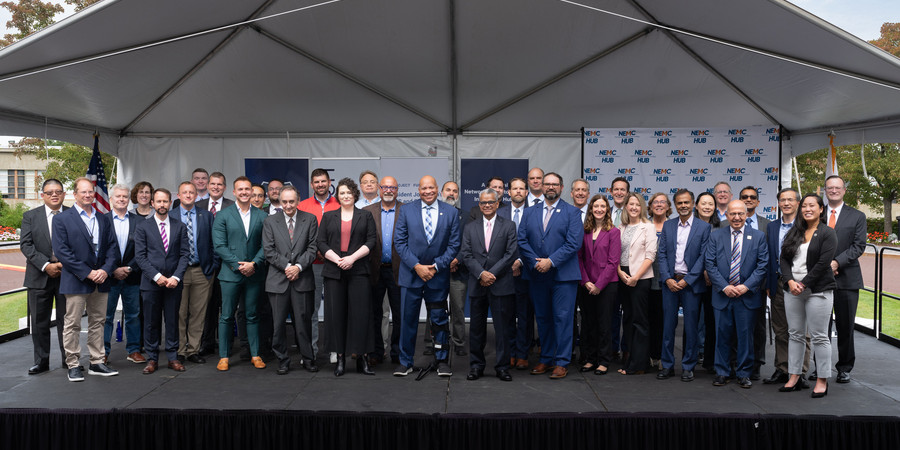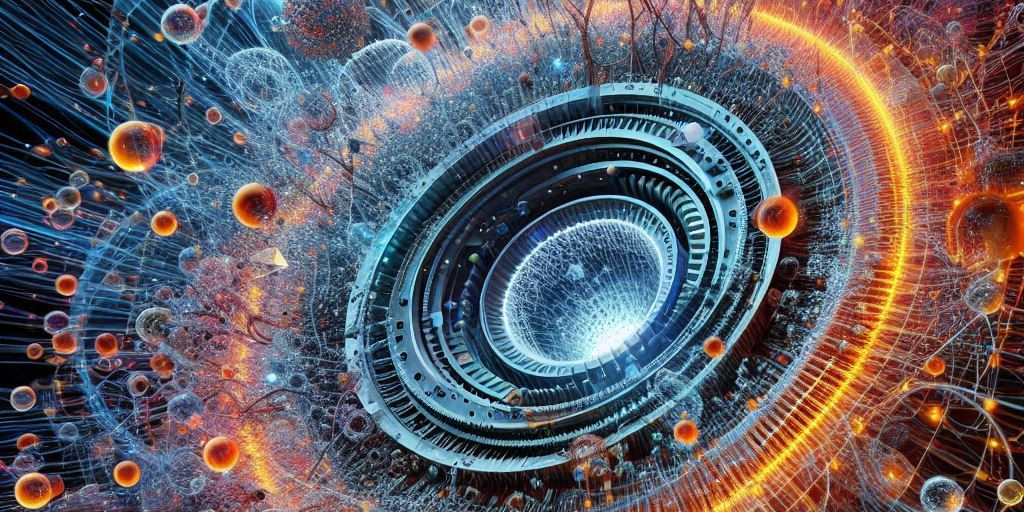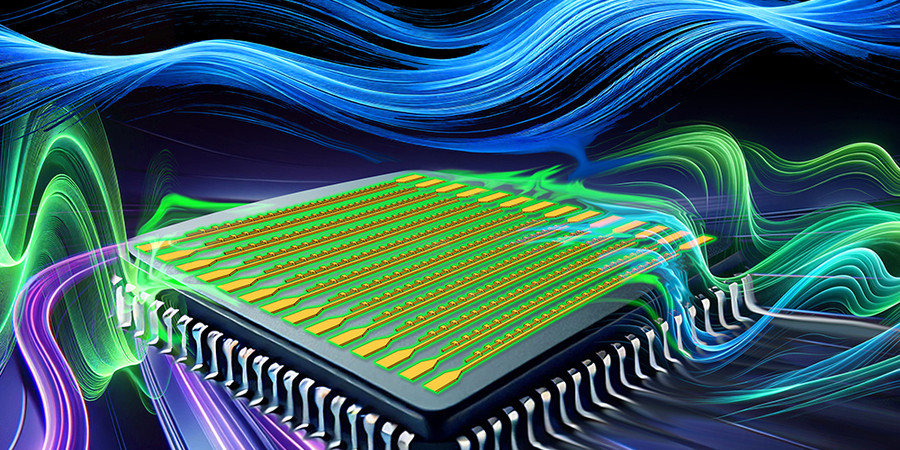III-Nitride Ferroelectrics for Integrated Low-Power and Extreme-Environment Memory
Monday, May 5, 2025 | 4:00 - 5:00pm ET
Hybrid
Zoom & MIT Campus
New Electronic “skin” could Enable Lightweight Night-vision Glasses
Jennifer Chu | MIT News
MIT engineers developed ultrathin electronic films that sense heat and other signals, and could reduce the bulk of conventional goggles and scopes.
MIT Engineers Print Synthetic “Metamaterials” that are Both Strong and Stretchy
Jennifer Chu | MIT News
A new method could enable stretchable ceramics, glass, and metals, for tear-proof textiles or stretchy semiconductors.
Physicists Measure a Key Aspect of Superconductivity in “Magic-angle” Graphene
Jennifer Chu | MIT News
By determining how readily electron pairs flow through this material, scientists have taken a big step toward understanding its remarkable properties.
Painting Potential Landscapes on an Atomically Thin Canvas
Monday, December 2, 2024 | 3:00 - 4:00pm ET
In-person
Grier Room (34-401)
50 Vassar Street Cambridge, MA
Quantum Simulator Could Help Uncover Materials for High-performance Electronics
Adam Zewe | MIT News
By emulating a magnetic field on a superconducting quantum computer, researchers can probe complex properties of materials.
Research to Improve Image Contrast in EUV Lithography
Wednesday, October 9, 2024
Hybrid
Zoom & MIT Campus
Microelectronics Projects Awarded CHIPS and Science Act Funding
Kylie Foy | MIT Lincoln Laboratory
MIT and Lincoln Laboratory are among awardees of $38 million in project awards to the Northeast Microelectronics Coalition to boost U.S. chip technology innovation.
Engineering the Imaging and Control of Chemical Processes in Living Cells
Thursday, September 26, 2024
Hybrid
Zoom & MIT Campus
Nanostructures Enable On-chip Lightwave-electronic Frequency Mixer
Research Laboratory of Electronics
Lightwave electronics aim to integrate optical and electronic systems at incredibly high speeds, leveraging the ultrafast oscillations of light fields.

